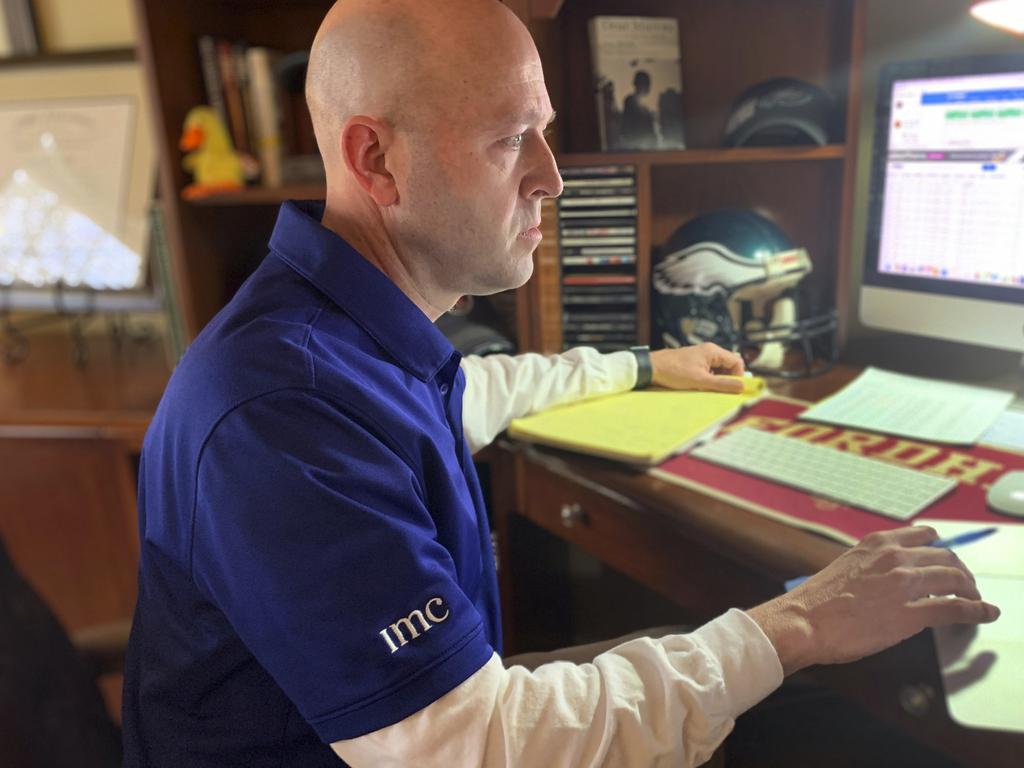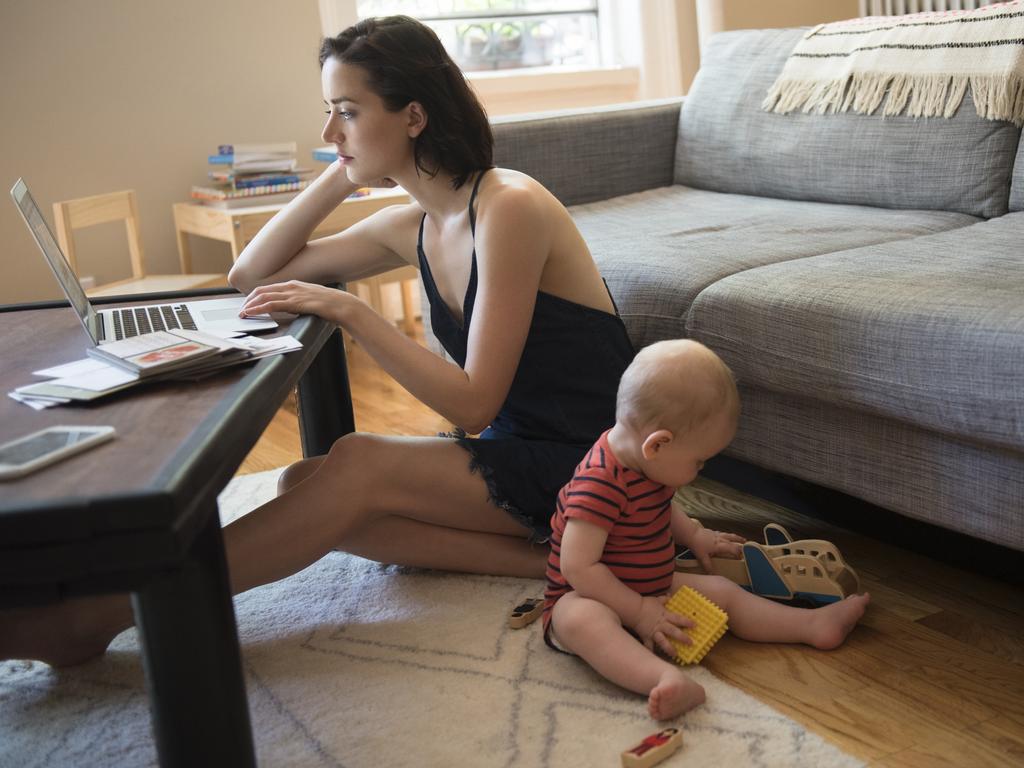Flexible working: there’s no going back
COVID-19 has created a live experiment in redesigning how, where and by whom work is done.

COVID-19 has created a live experiment in redesigning how, where and by whom work is done.
Siobhan Brahe, principal adviser on flexible working at the NSW Public Service Commission said: “While it’s very much the case we can work from home, which is opening up a type of flex … the plan is to make it so normal there is no going back.”
Flexible work was also a way of future-proofing jobs and organisations. “Automation and augmentation increasingly mean we will see that technology allows ‘remotability’ in roles which means roles themselves will fundamentally shift,” Ms Brahe said. “We’ve seen an uptake of telehealth in a way we never thought was possible, and it’s possible there will be a change for other frontline workers. We’re learning a lot that we thought wasn’t possible is possible.”
READ MORE: Our big new jobs adventure
The topic of working differently has preoccupied Ms Brahe and her team since early 2018 when they started developing a flexible work strategy for the public service and uncovered strong biases about it. But a series of pilots run across the sector found that every group that introduced flexible work kept it in place, including managers.
Before the pandemic, the team developed a range of options, from team-based approaches to roles, rewriting job descriptions, and retraining staff, that went beyond part-time or working-from-home strategies.
A platform to match people for job-share roles was developed, and job descriptions examined to move away from “owning” roles, Ms Brahe said, so people could be moved to where they were needed.
“When people are trusted to do their job, their discretionary effort goes up,” she said.







To join the conversation, please log in. Don't have an account? Register
Join the conversation, you are commenting as Logout